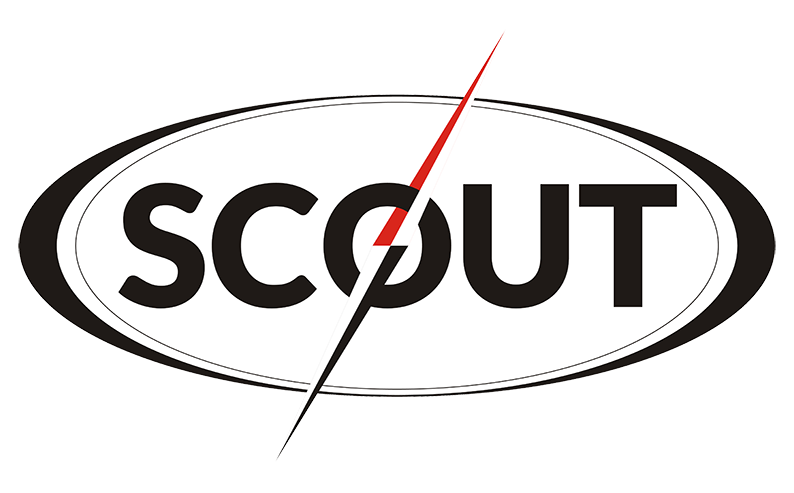
The company sets spending limits and controls for each card based on the employee’s role and anticipated spending needs. Common spending categories for p-cards include office supplies, fuel, software subscriptions, travel expenses, and advertising. The best corporate credit cards offer spending rewards, expense management tools, employee cards, and more. Corporate cards are credit cards issued by an employer to employees to cover business expenses. Unlike a personal credit card, charges made on a corporate card are billed directly to the company credit account.
- Systems handle policy compliance, receipt matching, approval routing, accounting integration, and reimbursement processing for complex organizations.
- Companies are gradually learning that their classic, traditional processes are no longer up to the task.
- The right provider will help make buying and paying for things more efficient.
- The issuance of procurement cards begins with the finance team or designated personnel providing these cards to authorized employees or designated departments.
- With purchasing cards, finance teams can set spending limits for individual employees, ensuring that purchases stay within approved budgets.
- That way, you eliminate the need for prior written approval and manual reimbursement processes since employees use the company’s P-card.
How Order.co virtual procurement cards help teams manage spend
- Using purchasing cards simplifies the purchasing and payables process, reducing the administrative burden on employees and improving efficiency.
- Organizations can leverage these tools to optimize their procurement processes and negotiate better terms with frequently used suppliers.
- It helps companies manage and track spending, often with fewer controls than p-cards.
- The reduction in manual data entry and paperwork further decreases the likelihood of errors, enhancing the overall accuracy of financial reports.
- Payment history, credit utilization, and account standing are reported to business credit bureaus like Dun & Bradstreet.
- P-cards let event planners book venues, order catering, buy decorations, and cover last-minute needs without delays.
- These controls help stop misuse and fraud while keeping spending in line with internal policies.
P-cards cut down the expense of paper invoices, checks, and manual busywork. Using P-cards can significantly Mental Health Billing reduce admin costs compared to traditional procurement methods. Automated expense tracking also helps reduce errors and keeps internal processing costs low. Implementing an efficient purchase order management process offers numerous benefits to businesses.

Manual recording & reconciliation through spreadsheets

Verify business purpose justifications and expense what is a corporate purchasing card classifications. Cross-reference transaction data with other systems to identify potential duplication. Evaluate your current purchasing processes to identify pain points and opportunities. Analyze spending patterns, transaction volumes, and vendor relationships. Determine which departments or teams would benefit most from P-cards.
- Payments are typically managed centrally by the business finance department.
- Your business can easily track and monitor expenses made using these cards, allowing you to gain insights into spending patterns and identify opportunities for cost savings.
- Integration with procurement platforms enables automated card generation based on approved purchase requests.
- These will help protect your business from unauthorized spending and ensure internal and external compliance.
- Organizations can set precise spending limits, restrict purchases to approved merchant categories, and even specify time periods when cards can be used.
- For example, a program might allow setting a $1,000 single-purchase limit, a $5,000 monthly limit, and restrictions to office supply and industrial supply merchants only.
- Learn how our spend platform can increase the strategic impact of your finance team and future-proof your company.
Featured Offer: Get a free credit card reader from Square Payments

However, companies should carefully evaluate their internal processes and train staff before implementation. For businesses with frequent procurement needs, P-cards offer a compelling path toward modern financial efficiency. Once extended a line of credit from an issuing financial institution, businesses distribute purchasing cards to their employees. https://bizlawlawyers.com/accrual-vs-deferral-understanding-key-differences/ The credit card program administrator then sets controls and policies for the purchasing card program. Employees issued a p-card can then make business-related purchases in line with their program’s policies.

Request demo accounts to test user interfaces and reporting tools. Even with strong controls, determined fraudsters find workarounds. Excessive security measures can make cards too difficult to use for legitimate business purposes. Missing receipts, unclear transactions, and disputed charges create headaches.
Tracking spend in real time

Early corporate cards were launched as a way to avoid the painful expense report process – if employees didn’t have to pay with their own money, they wouldn’t need to make expense claims. Expensify’s spending rewards get less compelling the less you spend. After setting controls and policies, a manager or owner distributes p-cards to qualified employees. Employees can then purchase business-related goods and services according to company policies, regulations, and guidelines. P-cards, or purchasing cards, are company-issued credit or debit cards that allow authorized employees to make business-related purchases while they’re away from home base. Review documentation completeness, policy compliance, and approval timeliness.
